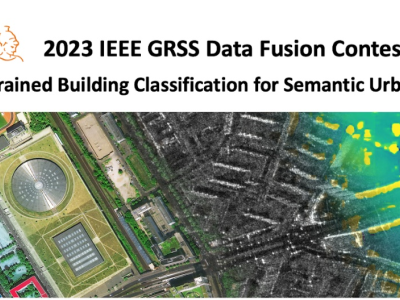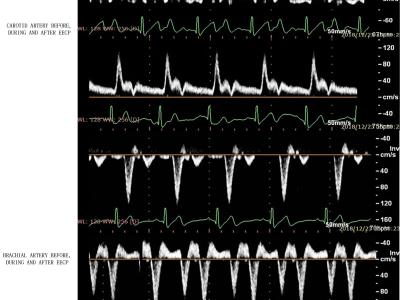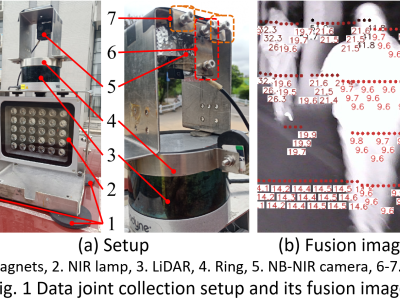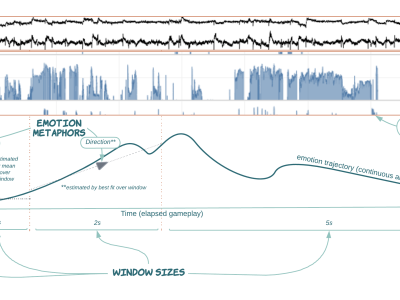
In emerging vehicular networks, delay-sensitive tasks can be processed in real time by offloading to
the edge computing servers. Unlike the legacy scenarios, in this paper a novel data offloading/delivery
decision making framework is proposed, where users have the option to divide their task into several
portions and partially offload their data to a complex multi-access edge computing (MEC) environment,
consisting of several MEC servers located on road side units (RSUs), base stations (BSs), and unused
- Categories:







